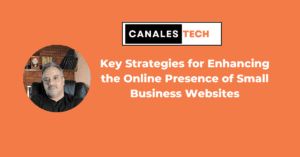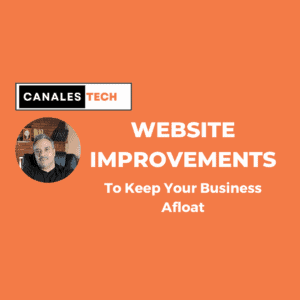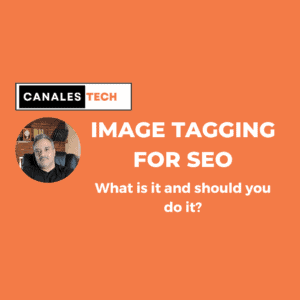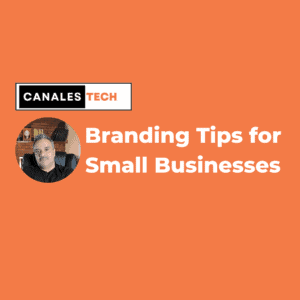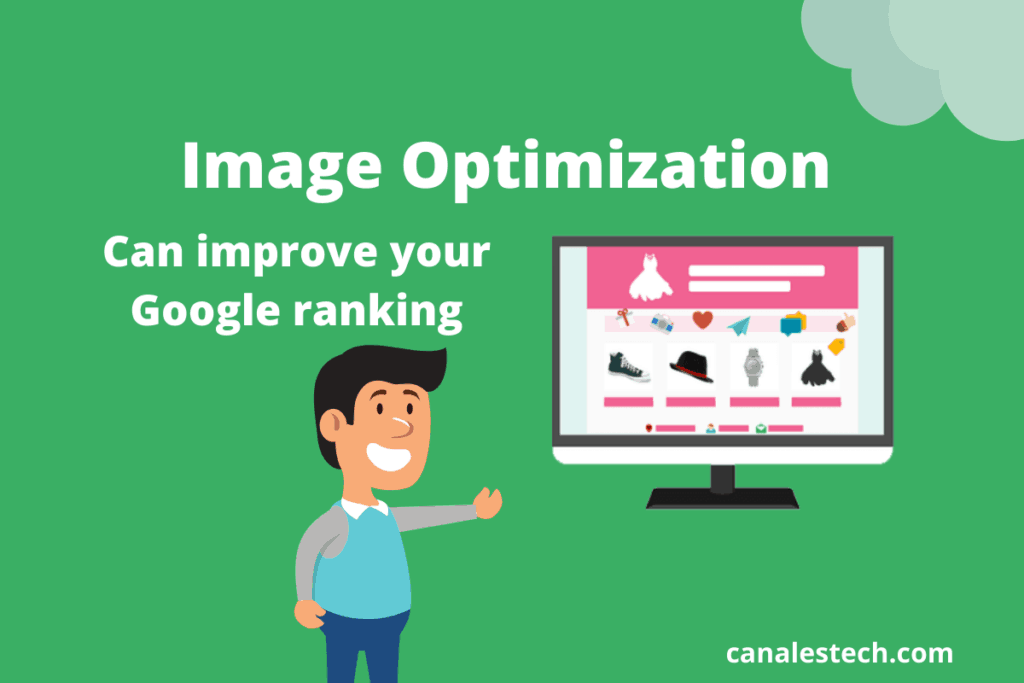
Use the images on your site FOR HIGHER GOOGLE RANKINGS
Adding images to your site and blog posts is a great way to keep a reader interested in your content, but as the title says, image optimization can improve your Google rankings.
What is Image Optimization?
Web page sizes steadily increase over the years. Gathering data from over 4 million desktop sites and over 5 million mobile sites, HTTP Archive reports that the average page size as of October 1, 2019, is about 1,850 KB. During the same time last year, with a smaller sample size, the average was 1,400 KB.
Half of the current average page size is dominated by images. The median desktop image size is 982.3 KB whereas the median mobile image size is 890.9 KB. The next highest contributor to page weight is JavaScript, which only takes up around 395 KB of the average web page.
Given how heavy images weigh on web pages, your SEO strategy should include image optimization. It improves visual content, boosts backlinks, and speeds up your website.
Book a Free Consultation
Talk to an SEO specialist about getting more organic traffic and revenue with our short term SEO sprints.
Why Can't I Leave My Images as They Are?
Every image is worth a thousand words, especially online where websites entice visitors to explore and make a call to action with the help of striking visuals. High-quality images may slow down page load speed, though, and users are more likely to abandon it when it takes longer than three seconds to load.
Searches don’t just go to Google for links to a website or for an answer to their question. People also go to Google for images. There’s usually less competition for image searches. You can earn clicks from image searchers and they might still go to your site.
It’s important to optimize web images without compromising the format, dimensions, and resolution.
Take a look at these compelling reasons to resize images:
- Improve Page Load Speed
Page load speed directly affects bounce rate which, in turn, affects conversions. The faster your website loads, the higher the likelihood that visitors will stay on it. The file size of your images can directly impact how fast your page loads. In addition to improving user experience, quick loading time also reduces your operating costs. Speed up loading time by resizing images. You can also run a free SEO audit to get an overall picture of how your site is performing.
Every additional second of delay leads to fewer page views and conversions. Evaluate page speed using free tools, like Page Speed and Web Page Test, to know whether it’s time to compress some images.
- Boost SEO Ranking
If there is one thing that Google and its users agree on, it’s that they don’t like slow websites. This led to page load speed becoming a relevant factor of an effective SEO strategy. So when you are looking for ways to rank better on search results, include image compression in your SEO strategy.
- Increase Conversions
As you rank higher on search results, you attract more visitors and potentially higher conversions. Entice visitors with well-optimized images that look good and that don’t slow down page load speed. The visitors will enjoy browsing through your products and services, resulting in potential sales.
When first-time customers are satisfied with your website performance, they may consider coming back to your site. They might even recommend it to their friends.
- Ensure Positive User Experience
Your SEO strategy is meant to help you rank higher on search engines. More than that, however, it’s supposed to enhance user experience. By ensuring fast loading time on desktop and mobile, you keep customers happy. And happy customers become loyal customers.
To sum it up, optimize images to improve page load speed and encourage visitors to stay longer. In turn, this lets you provide a better user experience and encourage customers to return — again and again.
More subtly, optimized images improve your SEO strategy through backlinks.
How Do You Use Images to Earn Backlinks?
A well-optimized website helps you dominate your local market and become an industry authority. SEO relies heavily on relevant content and strong backlinks. Although website content and online blogs play a major role in this, optimized images also give you the best of both worlds.
Consider the following types of visual content that contribute to link building:
- Infographics
Infographics are timeless. Charts, graphs, and maps visualize data to spare people from reading through huge chunks of complex information and spending time trying to digest what they just read. They are a great way to generate links, too.
- Logos
Brand logos are a prime example of visual content that gets your name out there and drives leads. In addition to the logos on your website, they might show up on other websites that feature your brand or those that you’ve written guest posts for. Make sure they link back to you.
- Product and Company Photos
Running an e-commerce site means putting great importance on the product images you post on your website. It’s important to use high-quality images that are optimized for SEO.
If you don’t have products to showcase, a brand photoshoot can involve your team or your services. Photos from company parties, CSR activities, and retreats are also great opportunities for link building. Make sure they are of high quality and have optimized captions.
- Memes and GIFs
In SEO, it’s important to listen to what the target audience wants. If your buyer persona loves sharing memes, you may consider creating fun and original memes that direct to your site.
These images help you gain backlinks, but only when they are properly optimized for SEO. You can do this by adding descriptive captions with targeted keywords, including image alt text with secondary keywords, and using keyword-rich file names for the images.
Note: People won’t link to an image with a large file size if it’s going to impact the user experience of their visitors.
What Do I have to Change?
Visual content provides a clearer picture of your brand image. Well-optimized images enhance your message and contribute to your overall SEO and content marketing strategies.
Focus on the following factors when you optimize images for your website:
- File Size
Images with a large file size are often the reason for slow loading time, especially on mobile. Find the right balance between file size and quality. Explore the usage of PNG, JPEG, and GIF formats for image compression.
In case you need an image optimizer
Image File Name
Search engines have a better understanding of your images when their file name uses targeted keywords. When creating a file name, use the products or services shown in the image.
Alt Attribute
Alt-text is important in SEO because search crawlers use them to determine the content of your images. Use LSI or secondary keywords that organically explain what is in the image.
Image Interaction and Popularity
Your page is more likely to rank higher when people refer to the image in it. Use original and up-to-date images that your target audience would feel compelled to share.
Surrounding Text
Visual and written content work together in turning site visitors into customers. When you use images in your blog posts, add an introductory sentence preceding the image or an inscription under it.
Conclusion
You’ll want to create the best possible user experience for your visitors. By implementing small changes for your images in wordpress or even SEO in general, you’ll also be giving Google what it wants.
Remember that if you’re implementing local seo, you’ll want to use images that resonate with the community such as familiar landmarks and images you might be using in your Google My Business listing.
If you’re implementing national seo, you’ll want to use images that require less familiarity such as those that are specific to an industry or even use images that help at that particular step in the post.

